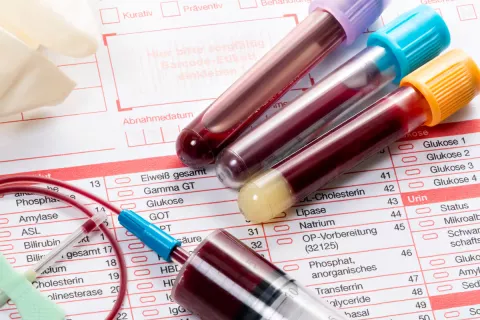An observational study has demonstrated that a combined evaluation of neutrophil-to-lymphocyte ratio (NLR), fibrinogen-to-albumin ratio (FAR), and red blood cell distribution width (RDW) can accurately detect pulmonary tuberculosis (PTB) complicated by additional bacterial lung infections. The combined use of these blood-based markers showed higher diagnostic efficiency than when used individually.
The study was conducted at the Sixth People’s Hospital of Nantong City, China, and included patients admitted between January 2021 and December 2023. Seventy-four patients diagnosed with PTB and bacterial lung infections were categorized into the PTB with infection complication group. Another 96 patients with uncomplicated PTB were selected as the comparison group. Blood levels of NLR, FAR, and RDW were recorded for all participants. The diagnostic accuracy of the markers was assessed using receiver operating characteristic (ROC) curve analysis.
Significantly higher NLR, FAR, and RDW values were observed in patients with coexisting bacterial infections compared to those without complications (P < 0.05). Neutrophil to lymphocyte ratio was also found to correlate positively with white blood cell count, C reactive protein, and D dimer levels. In ROC analysis, the area under the curve (AUC) for detecting PTB with bacterial infection was 0.861 for NLR, 0.818 for FAR, and 0.799 for RDW. The combined AUC of all three markers increased to 0.982. When used together, the sensitivity and specificity reached 98.6% and 89.58%, respectively, outperforming each marker used alone.
These findings support the clinical utility of evaluating NLR, FAR, and RDW together for early detection of bacterial co-infection in PTB cases. The high combined sensitivity and specificity may aid in timely diagnosis, enabling prompt intervention and improved patient outcomes in PTB with bacterial complications.

